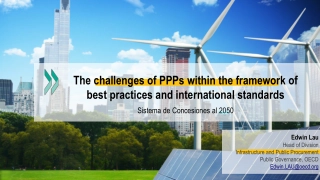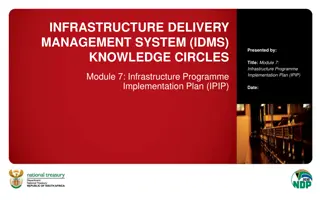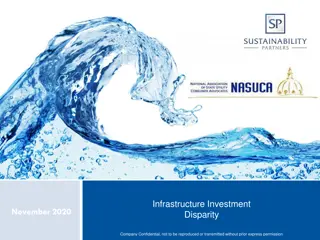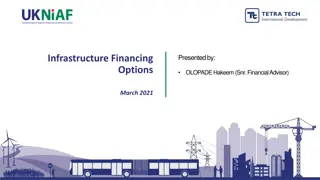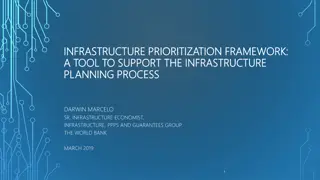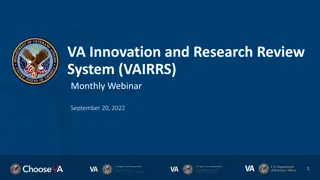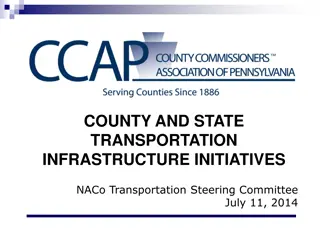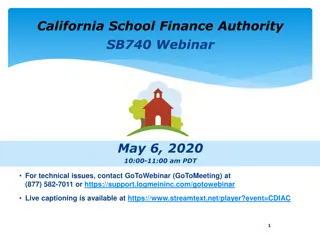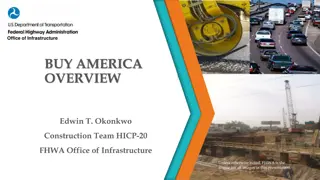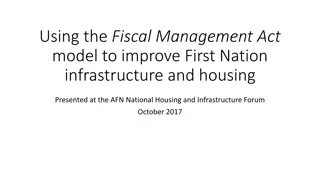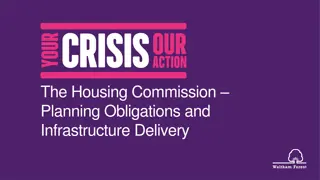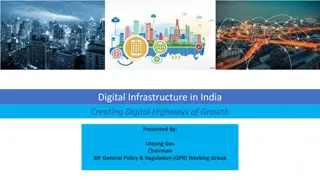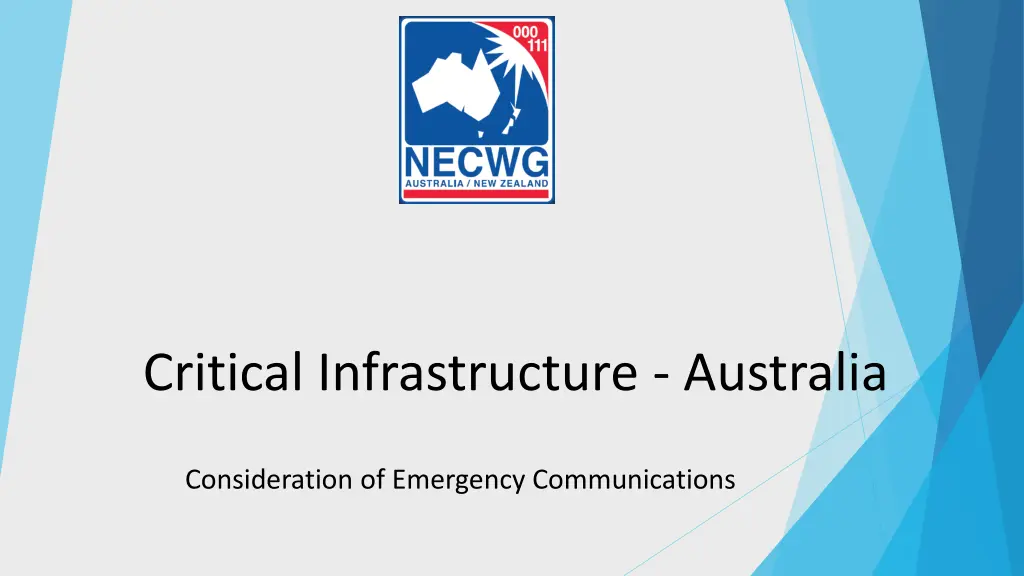
Emergency Communications Consideration in Australian Critical Infrastructure
Explore the importance of emergency communications within Australia's critical infrastructure, covering aspects such as Triple Zero calls, PSAP operating models, security legislation, and the designation of critical assets. Learn about the Security of Critical Infrastructure Act, Telecommunications Sector Security Reforms, and the role of telecommunications in national security. Discover the emphasis on cyber resilience and the impact on social and economic wellbeing in the event of infrastructure disruption.
Download Presentation

Please find below an Image/Link to download the presentation.
The content on the website is provided AS IS for your information and personal use only. It may not be sold, licensed, or shared on other websites without obtaining consent from the author. If you encounter any issues during the download, it is possible that the publisher has removed the file from their server.
You are allowed to download the files provided on this website for personal or commercial use, subject to the condition that they are used lawfully. All files are the property of their respective owners.
The content on the website is provided AS IS for your information and personal use only. It may not be sold, licensed, or shared on other websites without obtaining consent from the author.
E N D
Presentation Transcript
Critical Infrastructure - Australia Consideration of Emergency Communications
Australia Land Area: 7,688,287 km2(2,968,464 sq mi) Coast line: 25,760 kms (16,010 miles) Population: 27,708,800 Official Languages: English, AUSLAN Birth rate:12.3 births/1,000 population Death rate: 6.77 deaths/1,000 population Life expectancy: 83.09 years Net migration rate: 6.93 migrant(s)/1,000 population Calls to Triple Zero 2024 - 14,905,116 3 national PSAP > 40 jurisdictional PSAPs
PSAP Operating Model Emergency Calling Numbers: Australia Triple Zero (000) and 112, Voice calls only First point of contact operated by private Telcos, calls are then transferred to the requested ESO. AML provided to ESOs Multi agency responses require the requested ESO to identify the emergency and notify other ESOs (mostly) through electronic means to each agencies CAD solution.
Critical Infrastructure Security of Critical Infrastructure (SOCI) Act 2018 In November 2024, the Minister for Home Affairs announced that the Australian Government was continuing to boost the cyber resilience of Australia's most important critical infrastructure, with the declaration of another 46 Systems of National Significance bringing the total number of critical asset types to over 200 including those in Defence, Financial Services, Health, Food and Grocery, Transport, Space Technology, and Communications sectors Communications is defined as a critical telecommunications asset a critical broadcasting asset a critical domain name system o o o To be considered as critical infrastructure, the Act requires that those physical facilities, supply chains, information technologies and communication networks, which if destroyed, degraded or rendered unavailable for an extended period, would significantly impact the social or economic wellbeing of the nation, or affect Australia s ability to conduct national defence and ensure national security. In Australia the infrastructure, technologies and human resources required to provide public safety communications are NOT considered to be a discrete mission critical ecosystem . The only component of the ecosystem recognised as Critical Infrastructure is Telecommunications .
Security Telecommunications and Other Legislation Amendment Act 2017 , known as the Telecommunications Sector Security Reforms (TSSR), created to provide a regulatory framework to better manage national security risks of espionage, sabotage and foreign interference to Australia s telecommunications networks and facilities. In 2022 Australian Securities and Investment Commission (ASIC) noted a legal case brought against a financial institution who was found to have breached its licence obligations after failing to adequately manage its cybersecurity risks. In February 2024 Australia appointed a National Cyber Security Co-Ordinator to lead national security policy, co-ordinate responses to major incidents, cyber incident preparedness and strengthening the Commonwealth s cyber security capacity. However, like the SOCI Act, the TSSR does not specifically provide for identify the security practices or standards for the emergency communications environment. Generally though, National and Jurisdictional PSAPs align to Essential Eight, air-gapping CAD systems, and other good practice but implementation varies across the country.
Triple Zero Custodian A review into the 2023 national Optus Outage recommended the establishment of a Triple Zero Custodian, with oversight of and overarching responsibility for the efficient functioning of the Triple Zero ecosystem, including monitoring the end-to-end performance of the ecosystem. Further, it was recommended that the Australian government should review arrangements for maintaining their operations during outages including telecommunications redundancy for critical government services. In March 2025, the former Minister for Communications supported the recommendation to establish the Triple Zero Custodian and the findings of a Steering Committee formed to prepare a scope of service for the Custodian. The first collaboration meetings to for this important function have commenced.
NECWG White Paper The NECWG has been preparing a White Paper for presentation to the new Minister for Communications. The paper embraces the establishment of the Triple Zero Custodian and places it at the centre of the improvement of the Triple Zero service with key recommendations of the white paper including: The establishment of national security guidelines for emergency communications o Assessment of the inclusion of the infrastructure of the Triple Zero ecosystem as critical infrastructure o The White Paper is to be released shortly.
Thank you Craig Anderson Executive Chair National Emergency Communications Working Group A/NZ Email anderson.craigk@police.qld.gov.au

